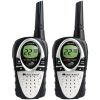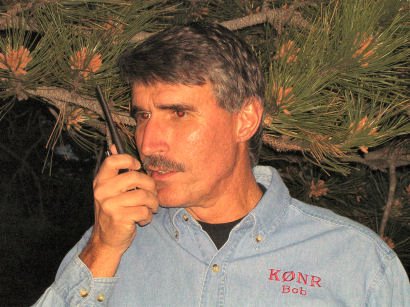More on FRS radios for emergency use
 Hartford, CT (PRWEB) May 3, 2006 -- The Midland Radio Corporation, REACT International, the DC Emergency Radio Network, and NationalSOS.com have jointly announced their support for the National SOS Radio Network -- www.NationalSOS.com -- a free communications network based on the estimated 100 million FRS-compatible radios already in the hands of the public... and growing by up to 12 million radios per year.
Hartford, CT (PRWEB) May 3, 2006 -- The Midland Radio Corporation, REACT International, the DC Emergency Radio Network, and NationalSOS.com have jointly announced their support for the National SOS Radio Network -- www.NationalSOS.com -- a free communications network based on the estimated 100 million FRS-compatible radios already in the hands of the public... and growing by up to 12 million radios per year.This idea first surfaced after hurricane Katrina. I wrote about it in October 2005, but I haven't heard much additional news until I noticed this press release. Having REACT and Midland supporting this idea will certainly help, but it is still not clear where this will head, if anywhere.
73, Bob K0NR




